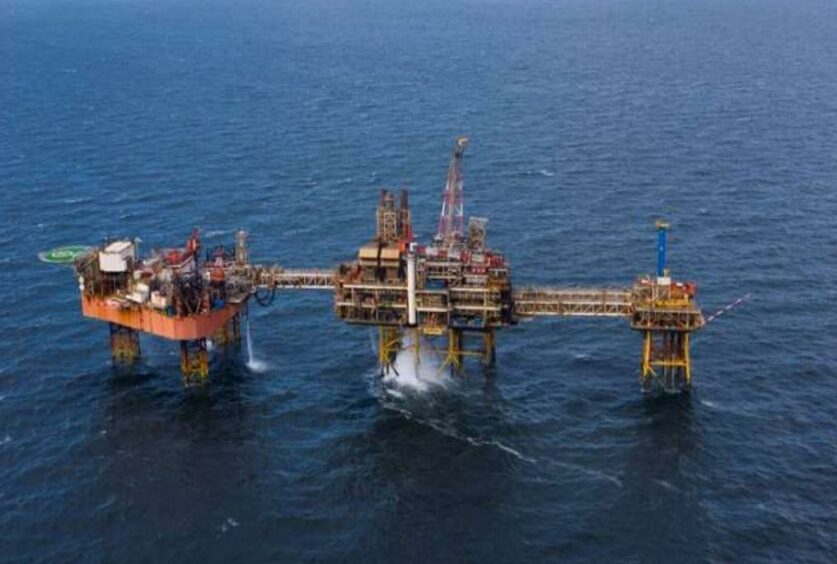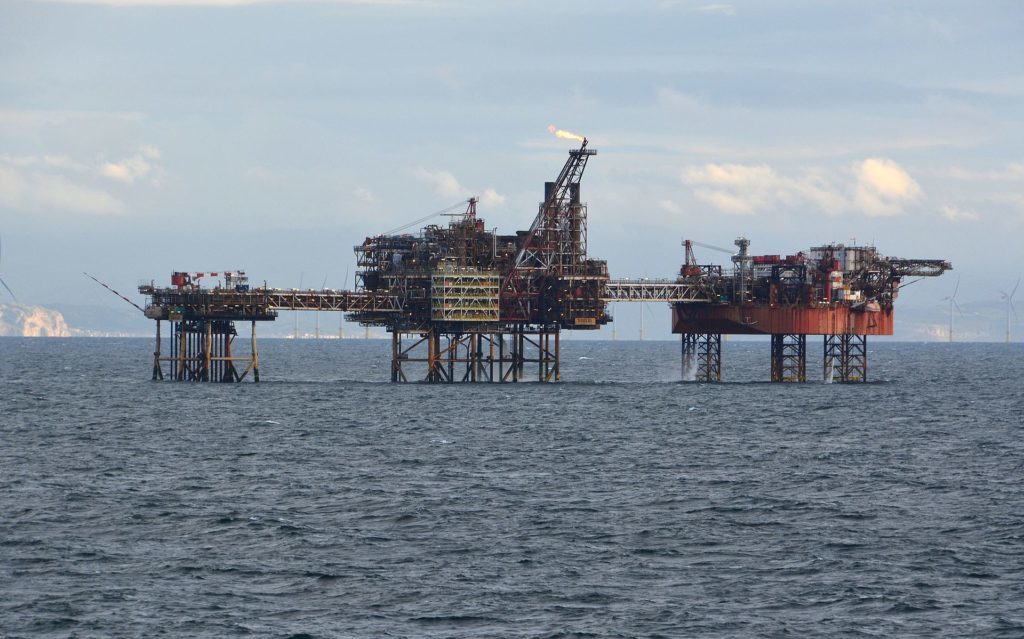
Eni has unveiled new details of infrastructure and timings for its Liverpool Bay carbon storage scheme, including a newbuild platform at the Douglas complex.
In paperwork filed with the Offshore Petroleum Regulator for Environment and Decommissioning (OPRED) Eni (MIL:ENI) set out proposals for decommissioning, the re-use of miles of existing pipeline and plans for new infrastructure as part of the wider HyNet cluster.
Based in the north west of England, HyNet was selected as one of the two Track-1 CCUS clusters to receive funding from the UK government in November 2021 alongside the East Coast Cluster.
Eni leads the carbon capture and storage (CCS) portion of the consortium, and has already secured a series of storage permits around Liverpool Bay with the intention of storing up to 4.5 million tonnes of C02 per year before 2030, rising to a potential 10 million tonnes later next decade.
The newly filed environmental statement notes that the offshore portion of the project involves the repurposing of an existing gas import pipeline from the Point of Ayr (PoA) Gas Terminal, which would become an export pipeline to transport CO2 to a newly built Douglas CCS platform.
From there the gas would be moved to the Hamilton Main, Hamilton North, and Lennox satellite platforms for injection into their respective reservoirs.
New topsides would be installed on the three wellhead platforms, and the reservoirs will accept a combined 109 million tonnes of CO2, spread across Hamilton Main (53 Mt), Hamilton North (18 Mt) and Lennox (38 Mt).
Eni says it considered re-use of the existing wellhead satellite platforms but structural analysis had shown the existing substructures “could not support the extra equipment weight and new environmental loads.”
As a result, it plans to remove existing topsides and install new ones while leaving the jackets in place. These new topsides would be delivered to the platforms “fully fabricated” and lifted into place.
Work will also include the drilling and re-completion of injection and monitoring wells by side-tracking existing production wells, and the installation of new pipeline sections link Douglas with the subsea gas pipelines.
Two subsea 33kV power cables with integrated fibre-optic cable connections will be installed between the PoA terminal onshore and the modified Douglas platform, as well as onward connections to the three satellite platforms.
‘Challenges’ in repurposing
The current Douglas complex consists of a wellhead platform, a processing platform and an accommodation platform, (formerly the Morecambe Flame jack-up rig), and processes output from the three aforementioned fields.
The filings note that initial design concepts centred on repurposing the existing platform but analysis again found “challenges” in removing existing facilities and replacing it with new carbon storage equipment.
“Detailed analysis revealed that it would be very difficult to carry out the work safely on a congested worksite, and there was insufficient market response from potential contractors with the capability to carry out the proposed conversion,” the statement suggests.
As a result a newbuild Douglas complex emerged as the preferable option.
The normally unattended installation (NUI) will have up to eight driven piles, and its topsides will house essential equipment like pig launchers, emergency shelter, survival craft, and more.
Partial decommissioning programmes will also be submitted for a range of infrastructure, including for Douglas, the other satellite platforms, redundant pipelines and the plugging and abandonment of production wells.
Drilling could begin this year
Drilling, side-tracking, and recompletion of the injection, monitoring and sentinel wells is set to begin as early as Q3 this year, lasting until Q4 2026, the statement suggests.
Cable laying and pull in operations are expected to span around six to nine months between Q3 2025 to Q2 2026.
Installation of the new Douglas CCS platform will be carried out over approximately two months commencing with the new jacket, piles, and topsides during Q2 2027, while the removal of existing satellite platforms topsides and replacements would occur around the same time in over Q2 and Q3 2027.
First injection of CO2 would then begin in Q4 2027.
The statement does not indicate the costs of the proposals, however a 2021 study on the impact of the HyNet development estimated the costs of modifying the Hamilton, Lennox and South Morecambe platforms at around £507m.
The cost of injection and storage infrastructure at all of those fields was placed at a combined additional £511m, while new stretches of CO2 pipeline were estimated at a cost of around £148m.
However, with Centrica looking to produce at the Morecambe Bay gas fields potentially until the end of the decade, the blueprint for HyNet storage has since evolved.
Meanwhile, Eni said principles outlined in an October heads of terms agreement with the UK government would allow the completion of “definitive agreements” to support the scheme in the coming months. Completion of that dialogue could potentially pave the way for a long-awaited final investment decision this year.
 © HyNet
© HyNet
